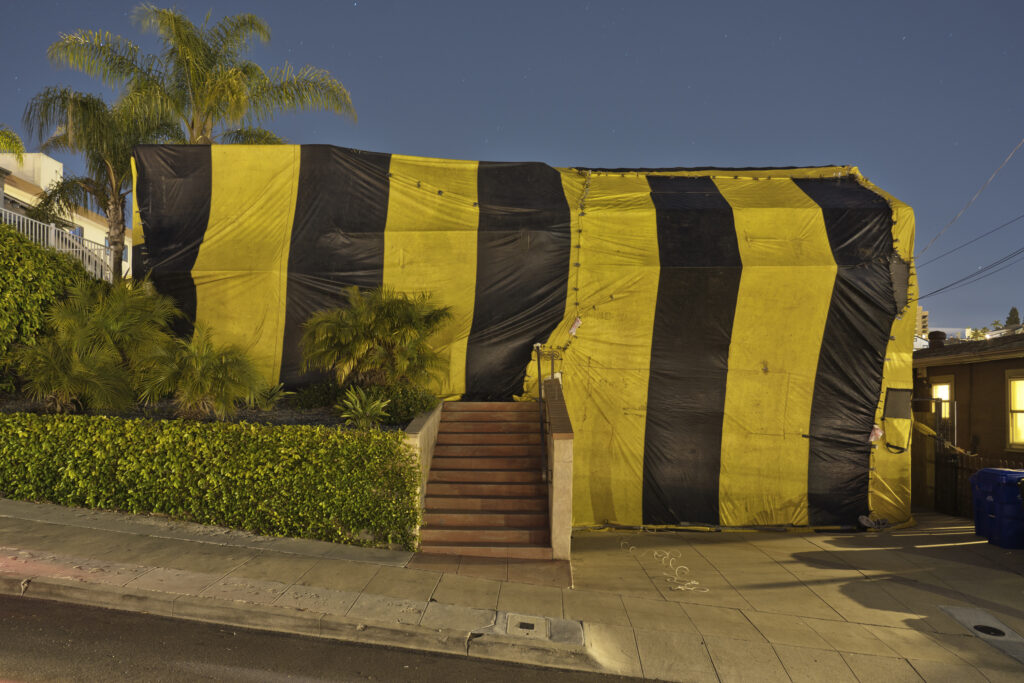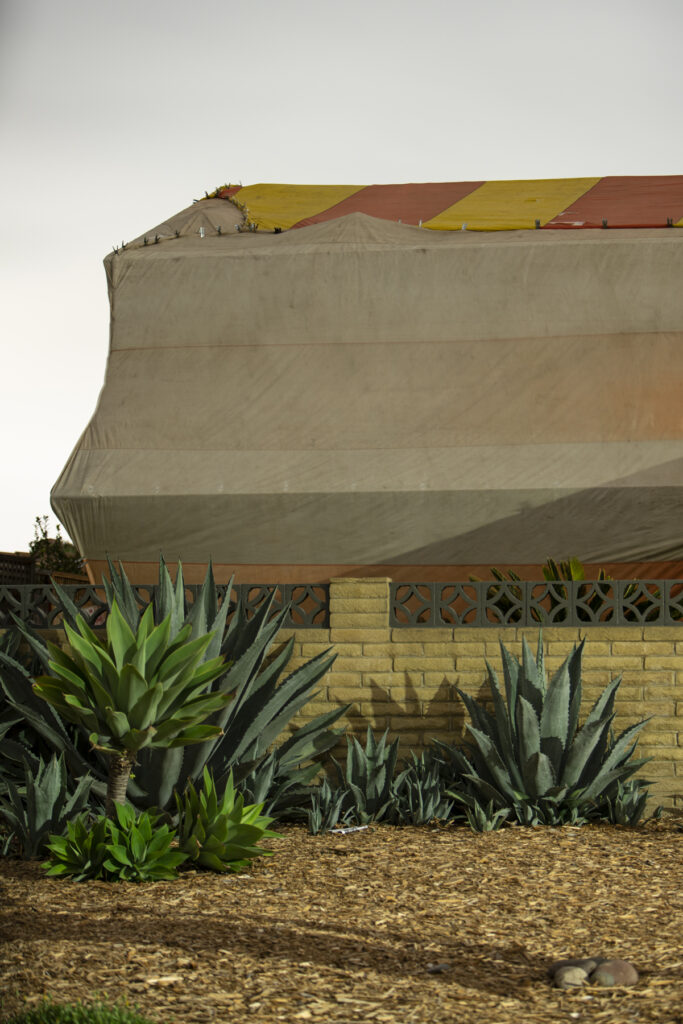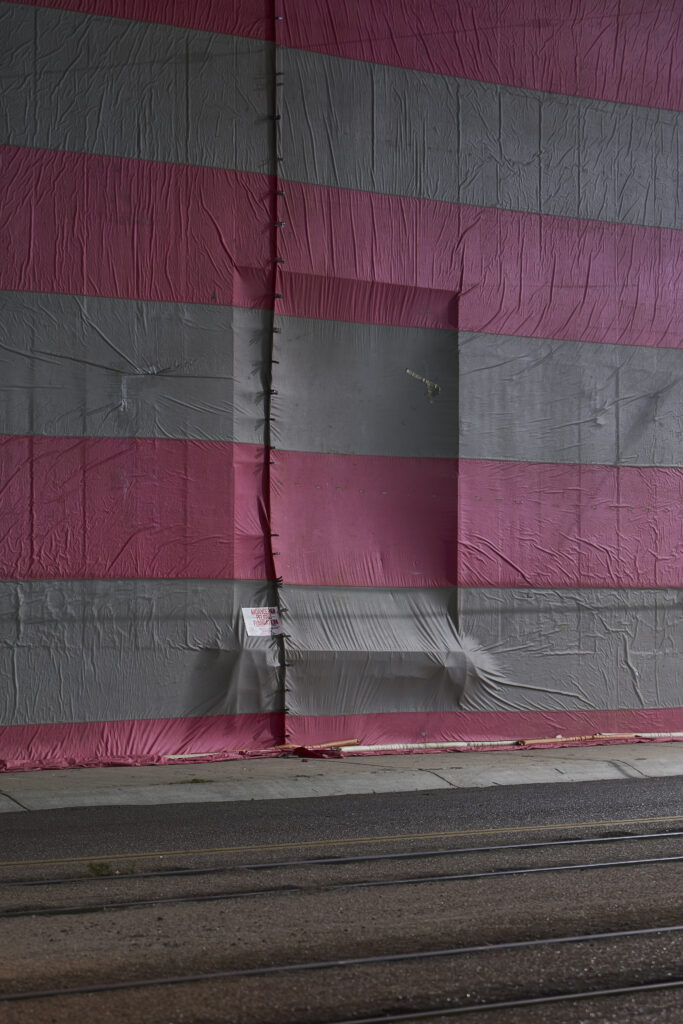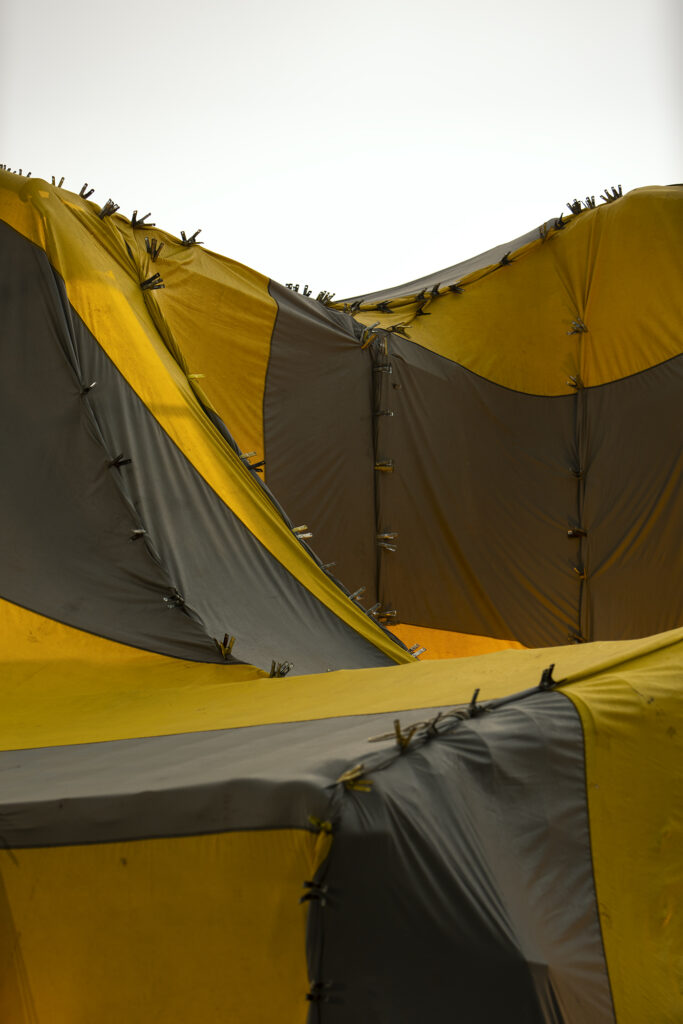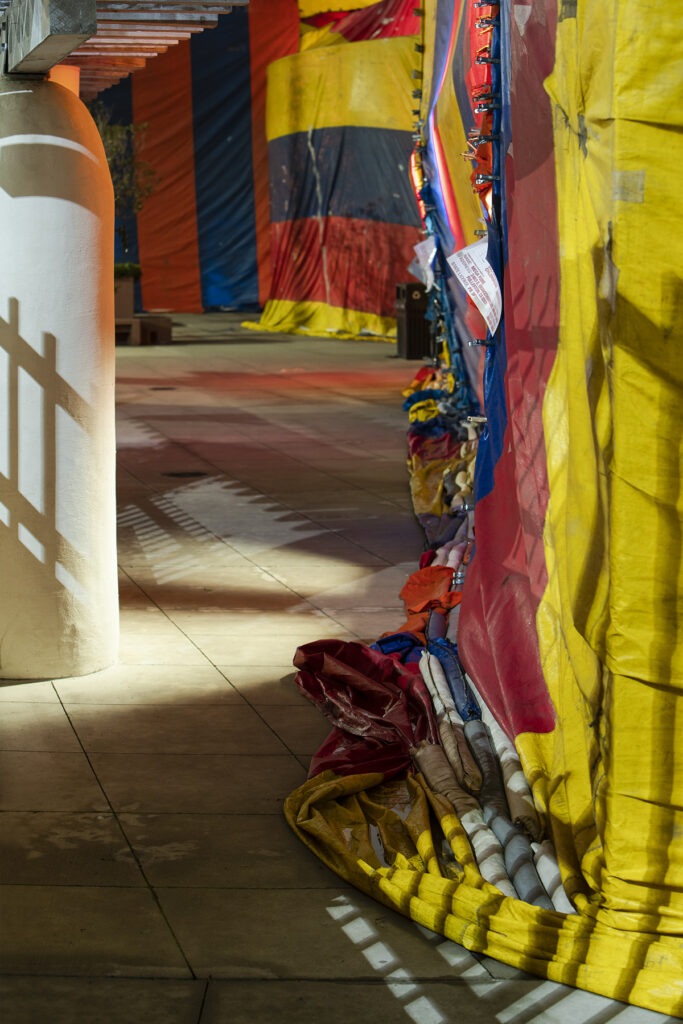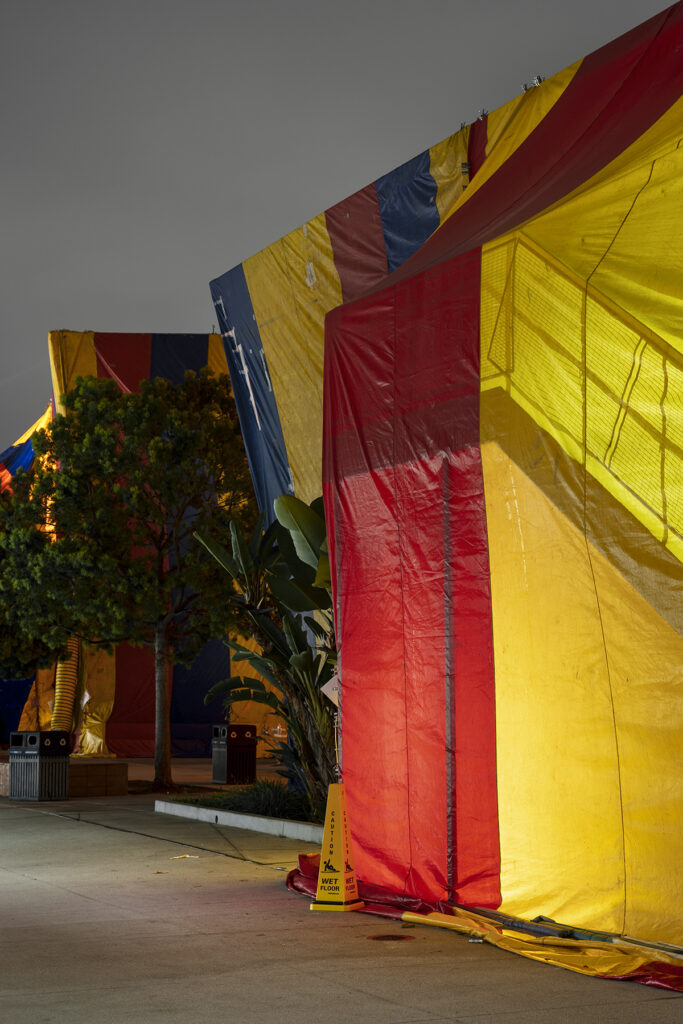SO2F2
Public debates about climate change in recent years have revealed intriguing facets of the human psyche. Foremost among these is the tendency toward deliberate ignorance. In 2017, scientists Gerd Gigerenzer and Rocio Garcia-Retamero published a study on this very phenomenon entitled “Cassandra’s regret: The psychology of not wanting to know.” The study reveals that, put simply, most of us seem to prefer not to know whether bad things are going to happen. We don’t want uncomfortable facts to taint our beautiful present or to change our daily lives.
One of these deliberate moments of ignorance seems to concern the gas sulfuryl fluoride. Originally developed by the Dow Chemical Company, sulfuryl fluoride, or SO2F2, is in widespread use as a structural fumigant insecticide to control dry wood termites, particularly in warm-weather portions of the southwestern and southeastern United States and in Hawaii. The colorless, odorless gas is comparatively inexpensive, is guaranteed to kill any pest in the areas where it is used, and leaves no traces after application. A house that has been fumigated is simply aired out.
However, this great insecticide has a massive downside: SO2F2 has an atmospheric lifetime of 30-40 years and has been reported to be a greenhouse gas that is about 4000-5000 times more efficient in trapping infrared radiation than carbon dioxide. A recent study on the use of SO2F2 in harbors in Germany has revealed that the effects on the climate that SO2F2 has are equal to the entire country’s domestic air traffic. There are no comparable measurements in the USA, but it is obvious that the amount of SO2F2 released is significantly larger.
SO2F2 is marketed in the U.S. by three manufacturers, under four different brand names: Vikane, Zythor, ProFume, and Master Fume. None of the manufacturers has ever given any statement on the effects their gas has on the climate. Instead, they keep highlighting the convenient properties of structural fumigation for house owners. At the same time, there is a lack of political initiatives that would, for example, focus on the use of more sustainable materials in house construction. Instead, the general public lingers in self-satisfied ignorance, delighting in the bright colors of the plastic wrappers that separate life from death.

